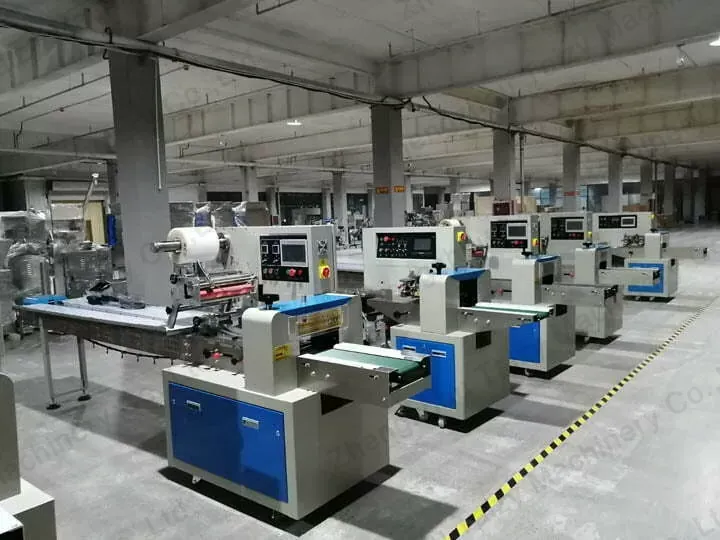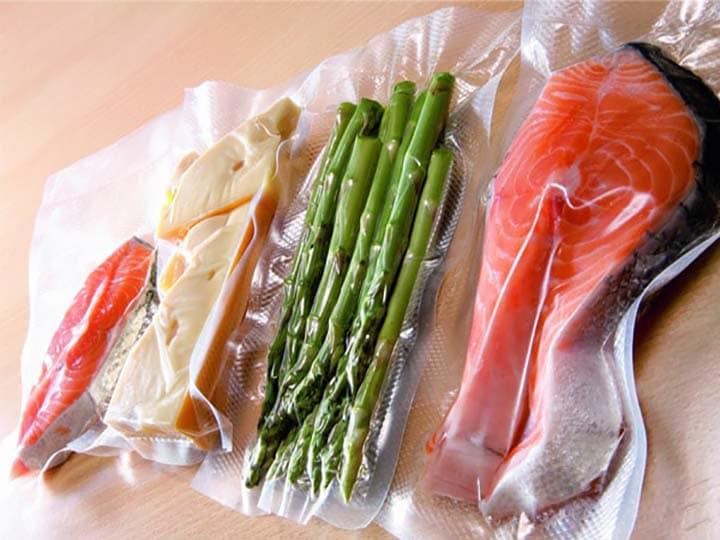Advanced Vegetable Packaging Techniques for Optimal Freshness
When it comes to vegetable packaging, the right vegetable packaging techniques play a vital role in ensuring the freshness, quality, and extended shelf life of these perishable products. In this article, we will explore advanced vegetable packaging techniques that not only protect the product but also enhance its visual appeal. Discover the key factors to consider and the innovative vegetable packaging machine available to revolutionize your vegetable packaging process.

Importance of Vegetable Packaging
Effective vegetable packaging techniques are essential for preserving the freshness and nutritional value of the produce. Proper packaging safeguards against external factors such as moisture loss, oxidation, and physical damage. By employing the right methods, you can extend the shelf life of vegetables, minimize food waste, and enhance customer satisfaction.
Different Vegetable Packaging Techniques
Modified Atmosphere Packaging (MAP)
One of the most significant advancements in vegetable packaging is the use of modified atmosphere packaging (MAP). MAP involves altering the composition of gases surrounding the vegetables to slow down the ripening process and reduce spoilage. This technique typically includes nitrogen gas flushing, which helps maintain an optimal atmosphere for vegetable preservation.
Vacuum Packaging
Vacuum packaging is another effective method for vegetable preservation. This technique involves removing air from the packaging to create a vacuum-sealed environment. By eliminating oxygen, which contributes to the deterioration of produce, vacuum packaging helps to extend shelf life and preserve the natural flavors, colors, and nutrients of vegetables.

Choose High Quality Packaging Materials
Choosing the right packaging materials is crucial for vegetable freshness. High-quality, food-grade materials like biodegradable films and trays offer excellent protection while being environmentally friendly. These materials should be resistant to moisture and provide sufficient barrier properties against oxygen and light to maintain the integrity of the vegetables.
Automated Packaging Equipment: An Efficient Vegetable Processing Machine
To optimize your vegetable packaging process, investing in modern automated packaging equipment is highly recommended. These vegetable processing machine not only streamline the packaging process but also improve efficiency and reduce human error. Some examples of vegetable packaging equipment include:
- Automated Weighing and Sorting Systems: These systems accurately measure and sort vegetables based on weight, size, and quality, ensuring consistent packaging standards.
- Tray Sealers: These machines efficiently seal trays or containers, maintaining product freshness and integrity. They are ideal for packaging pre-cut or pre-washed vegetables.
- Labeling Systems: Labeling machines apply product information, barcodes, and expiration dates, enhancing traceability and ensuring compliance with regulations.
- Shrink Wrapping Machines: These machines use heat to tightly wrap vegetables in a protective plastic film, offering excellent tamper resistance and extending shelf life.
Sustainable Packaging Solution
In today’s environmentally conscious world, incorporating sustainable packaging solutions is crucial. Consumers are increasingly looking for eco-friendly options. Vegetable packaging equipment can help achieve this by utilizing recyclable or compostable materials and reducing overall packaging waste.
In the competitive market of vegetable packaging, employing advanced techniques and equipment is vital to stay ahead. By implementing modified atmosphere packaging, vacuum packaging, and using high-quality materials, you can enhance the freshness, shelf life, and visual appeal of vegetables. Furthermore, automated packaging equipment offers efficiency, accuracy, and sustainability.
